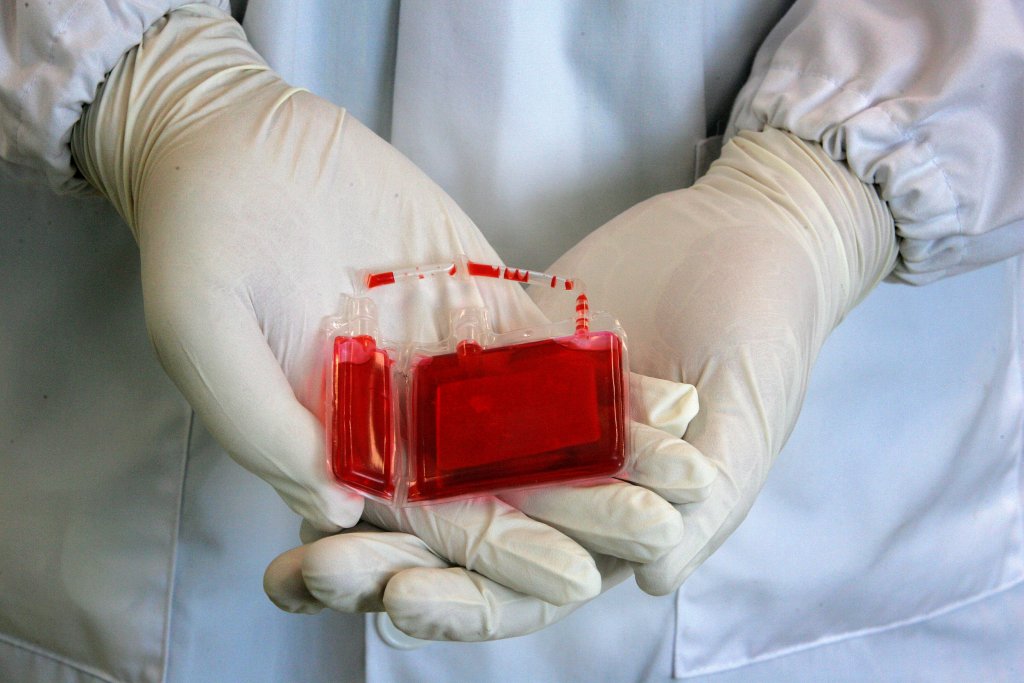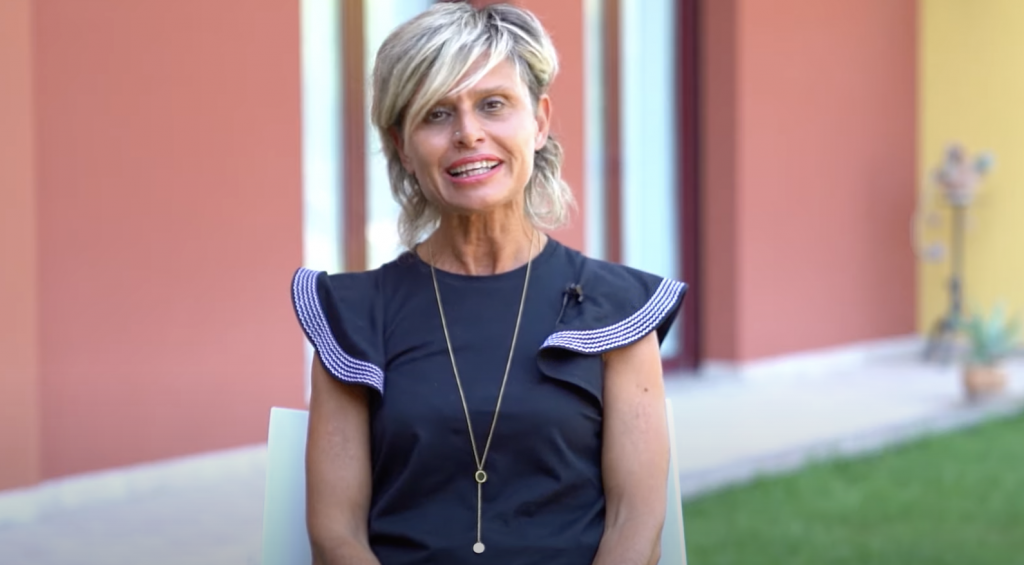
“the thing that struck me about the story of Manuel is how each of us is designed to help the other. Despite the differences, biology teaches us that even more than a thousand kilometers away you can find a match that can save your life.”
Manuel is only four-year-old when he is diagnosed with acute myeloid leukemia. Manuel is an Italian boy who survived cancer thanks to a stem cell transfusion from a Spanish donor and ten years after the transplantation, his family decided to visit the center where the stem cells that gave Manuel a second life originated. A moving moment for Mother Simona, who received a token of love in the form of a contribution that she, too, decided to make in 2007, with the birth of her second child.

For about 35 years now, in a completely non-invasive and safe way, it has been possible to donate mother’s umbilical cord from which special cells are taken, stored, and used to treat diseases of people from anywhere in the world. These “special cells” are called Hematopoietic stem cells and can change into any sort of blood cell and can be utilized for transplants that help cure diseases such as blood problems, immunological deficiencies, metabolic diseases, and some forms of malignancies. At the end of the birth, after the cut, about 1 liter of blood is taken through a puncture to the umbilical cord. The sample obtained is sent to the collection bank, assessed if suitable and then frozen pending use. Banking cord blood has been compared to a “biological insurance policy” and there are two types of banks to go to: private and public, but which is the best solution to ensure safety for your child?

The choice should always lean towards donation and the reason is primarily scientific as there is no scientific evidence that private conservation is useful in the treatment of various diseases treatable through transplantation (https://www.ncbi.nlm.nih.gov/pmc/articles/PMC1601996/). When a mother decides to donate to a private bank, the treatment is carried out for a fee and the cells are kept for a period of about 20 years, after which, by paying a further amount, the storage time can be extended. The cells are accessible only to the patient from whom they were taken or from a family member, with the intention of treating a possible future disease. The point is that in the case of oncological or genetic diseases, one’s cord blood cells could already be carriers of those genetic “defects” that have led to the disease. In these cases, the persistence of diseased cells in the product which is reinfused involves the risk of the disease reappearing. The only justified case for turning to private banks could be the presence of a hereditary risk, which can be treated with autologous stem cells. On the other side, donating to a public institution is free and guarantees a second life to a patient with a match who really needs it. If every mother decided to turn to public bodies, the material kept in the banks would increase and there would be much more chances that every applicant could find a compatible donor.
Donate is life, love and a responsible gesture towards the world and everyone should be aware of it.
The video below shows the process of how to harvest stem cells from umbilical cord blood and keep them in the bank
A very interesting topic that has clearly been well researched. It could be written in a more personal/reflective way. Why do you find this interesting? What did you learn while researching this? What are your opinions on private banking? It is also worth keeping sentence length in mind. Some sentences were very long which made them complicated to read.